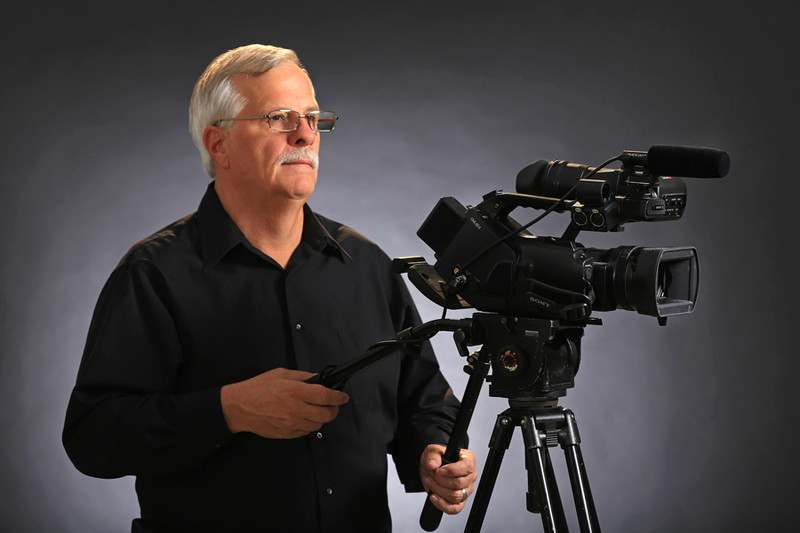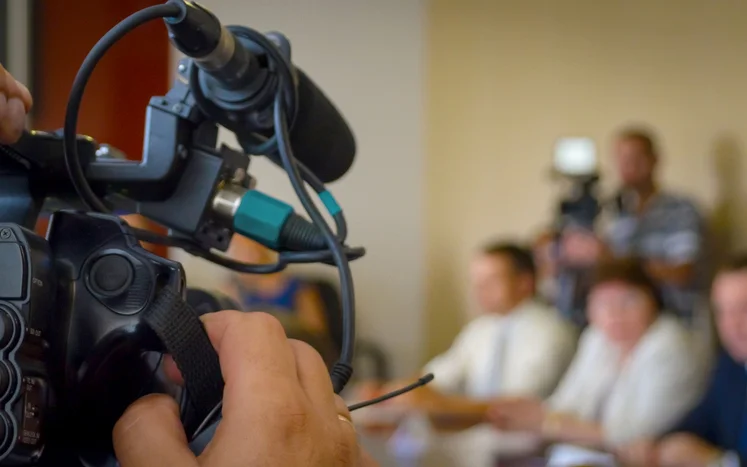How Legal Videography Enhances Court Presentations and Evidence
How Legal Videography Enhances Court Presentations and Evidence
Blog Article
Delving Into the Devices of Lawful Videography: Unveiling Its Procedure in Safeguarding Authentic Aesthetic Statement for Judicial Process
In the world of judicial procedures, the duty of legal videography stands as a cornerstone in protecting and offering aesthetic proof. As innovation proceeds to advancement, the devices behind legal videography have actually become significantly intricate, using an essential layer of credibility to testimonies caught on video clip.
Historical Development of Lawful Videography
Examining the historical progression of lawful videography discloses a considerable improvement in the recording and presentation of visual proof within the lawful landscape. In the past, lawful proceedings heavily counted on composed records and photographs to document events and supply proof. With the advent of video innovation, the legal market saw a paradigm shift in exactly how visual statement was caught and provided.
The development of legal videography can be traced back to the late 20th century when developments in video clip recording tools made it more obtainable for usage in court rooms. This technical advancement not just enhanced the accuracy and reliability of aesthetic proof however likewise reinvented the method situations were provided to judges and courts (Legal Videography). Attorneys began to identify the influential power of video clip recordings in communicating emotions, subtleties, and non-verbal hints that composed pictures or transcripts alone could not record properly

Technology Advancements in Video Documents
What essential technical developments have changed video documents in the legal area? The legal area has seen considerable advancements in video clip documents innovation that have actually enhanced the credibility and reliability of visual proof in judicial proceedings.
In addition, developments in video clip encryption and watermarking innovations have actually reinforced the safety and tamper-proof nature of video clip evidence, protecting it against unauthorized modifications or tampering. Additionally, the development of cloud storage options and remote access capacities has structured the storage, access, and sharing of video clip evidence, assisting in smooth cooperation among legal experts and making certain effective accessibility to crucial visual statements when required. These technical advancements in video documentation have certainly revolutionized the legal field, enhancing the accuracy, reputation, and admissibility of aesthetic evidence in judicial process.
Role of Lawful Videographers in Court Room Settings
The development of video documents innovation in the legal field has actually required a vital function for lawful videographers in court settings, making sure the stability and integrity of visual statements presented during judicial process. Lawful videographers play a fundamental duty in catching and preserving accurate aesthetic evidence that can be essential in court situations. Their obligation includes establishing devices, recording procedures, and generating high-quality video clips that accurately show the events in the courtroom.
In addition, lawful videographers frequently function carefully with lawful groups to ensure that the video evidence lines up with the instance's requirements and can be efficiently provided in court to support internet the lawful arguments being made. Generally, the function of legal videographers in court settings is important in maintaining the concepts of justice and making sure the openness of legal proceedings. Legal Videography.

Ensuring Admissibility and Honesty of Video Proof
To maintain the integrity of visual proof presented in legal procedures, ensuring the admissibility and integrity of video proof is a critical responsibility for legal videographers. Admissibility describes the approval of evidence by the court, and for video clip evidence to be acceptable, it has to satisfy specific criteria. Lawful videographers play an important function in making sure that the video clips they record adhere to the guidelines of proof, such as credibility, dependability, and significance.
Integrity of video clip evidence involves maintaining the creativity and precision of the video footage from the time it is taped up until it exists in court. This includes securely saving the video files, documenting the chain of custody, and preventing any type of tampering or alterations. Lawful videographers must follow strict protocols to guarantee the integrity of the video evidence and protect against any kind of obstacles to its credibility.
Future Trends in Legal Videography
Given the boosting reliance on innovation in lawful proceedings, lawful videographers are positioned to embrace cutting-edge advancements shaping the future of aesthetic testament capture and presentation. Among the popular fads coming up is the assimilation of digital fact (VIRTUAL REALITY) and boosted fact (AR) innovations right into legal videography. These modern technologies have the potential to reinvent exactly how aesthetic evidence exists in court rooms, permitting discretionary to submerse themselves in the scene of the crime or incident.
Moreover, using synthetic knowledge (AI) algorithms for video clip evaluation is anticipated to improve the process of reviewing and assessing big amounts of video clip footage. AI check this can aid in determining vital moments, abnormalities, and patterns within videos, improving the effectiveness of lawful investigations.

Conclusion
Finally, lawful videography has actually played an important role in providing authentic aesthetic evidence for judicial proceedings. Through technological advancements and the knowledge of legal videographers, the stability and admissibility of video clip proof are made certain in court room settings. As legal videography proceeds to develop, it will certainly be important to maintain requirements that preserve the precision and dependability of visual testimony for the future of lawful proceedings.
Analyzing the historic development of lawful videography reveals a significant makeover in the capturing and presentation of visual proof within the legal landscape.The development of video clip paperwork technology in the lawful field has actually required an important duty for lawful videographers in court setups, ensuring the stability and integrity of aesthetic testimonies offered throughout judicial procedures. Additionally, lawful click here to read videographers frequently work very closely with legal teams to guarantee that the video evidence aligns with the situation's demands and can be properly offered in court to sustain the lawful debates being made.To maintain the reliability of visual evidence provided in lawful proceedings, guaranteeing the admissibility and integrity of video clip proof is a critical obligation for lawful videographers. As legal videography proceeds to evolve, it will certainly be essential to maintain criteria that preserve the precision and reliability of visual testament for the future of lawful proceedings.
Report this page